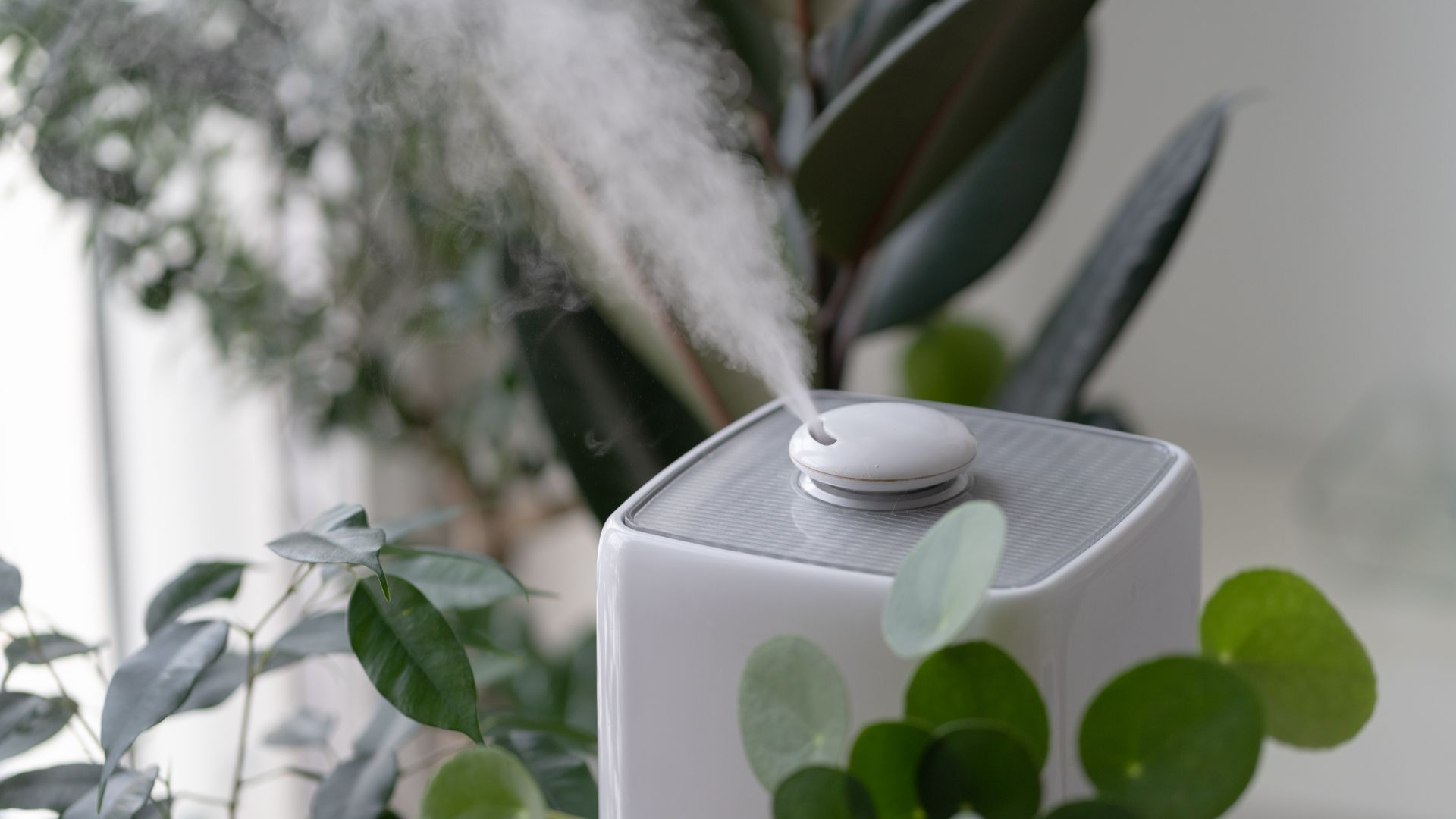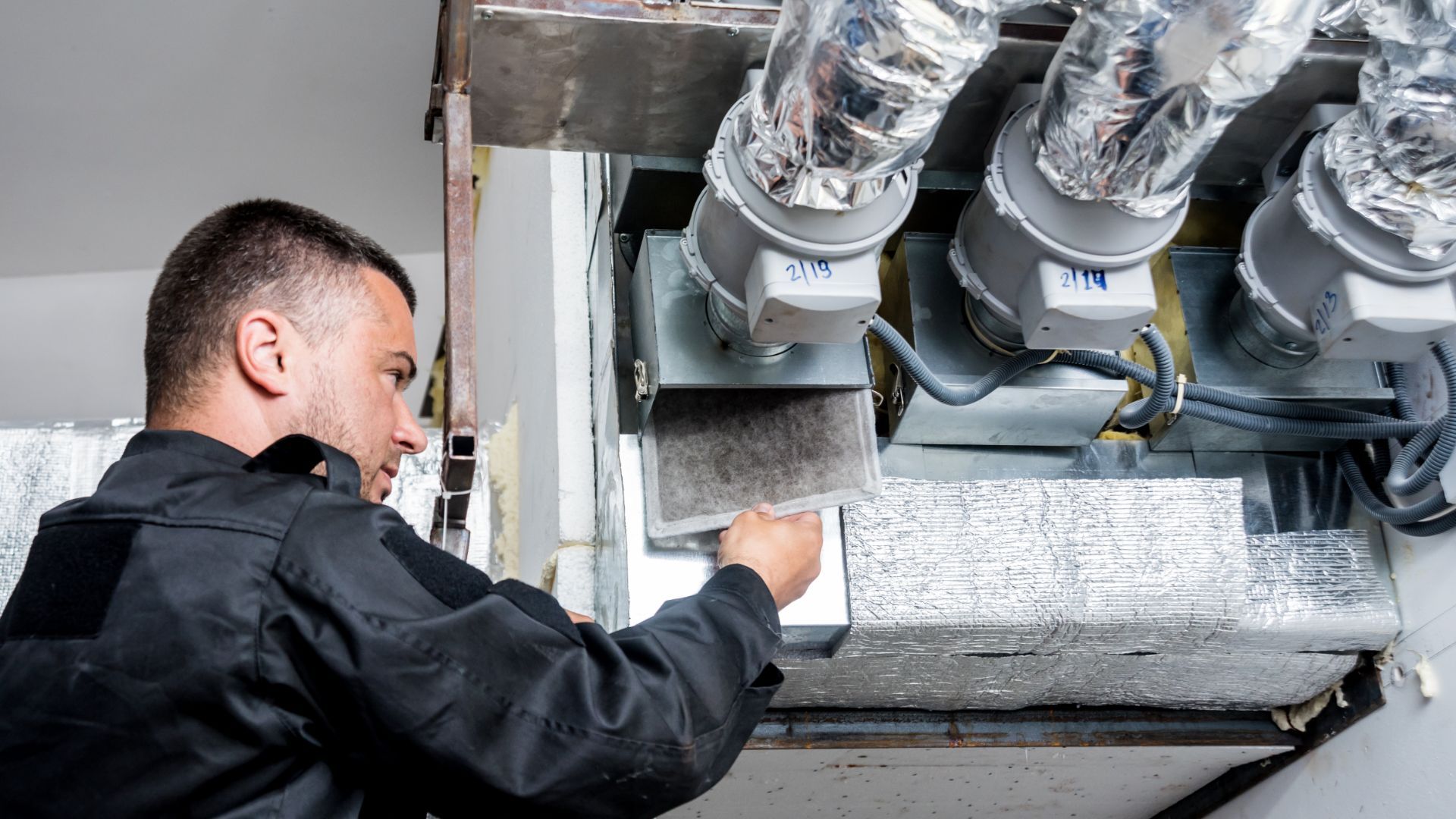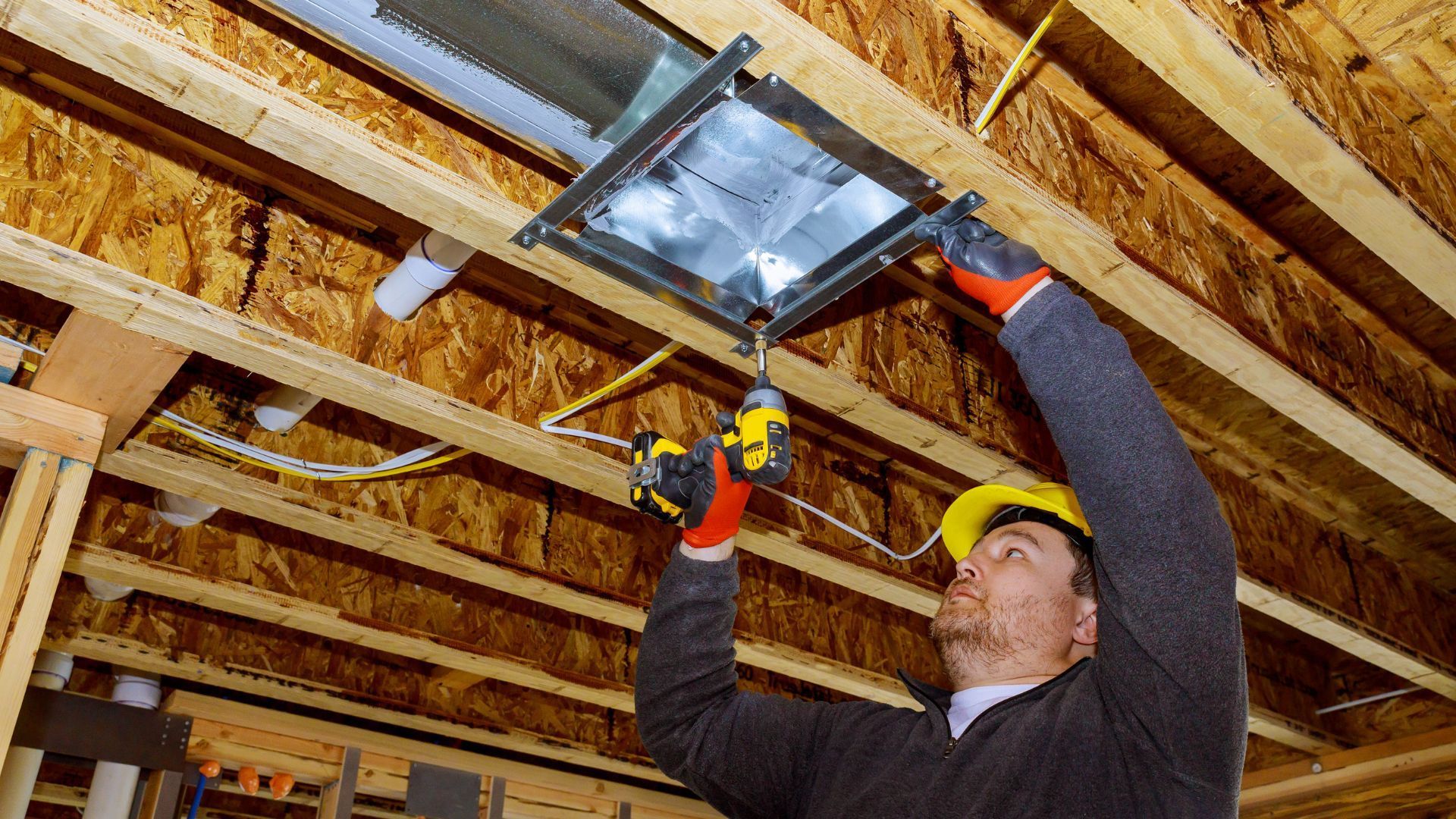How to Wire a Humidifier to a Furnace: A Comprehensive Guide

Having a humidifier integrated into your furnace system can significantly improve indoor air quality and overall comfort in your home. Dry indoor air can lead to various issues like respiratory problems, skin dryness, and even damage to wooden furniture.
By properly wiring a humidifier to your furnace, you can maintain optimal humidity levels and create a healthier and more comfortable living environment. In this article, we will provide a step-by-step guide on how to wire a humidifier to a furnace, complete with helpful tips, insights, and expert advice.
Understanding the Components and Safety Precautions
Before we delve into the wiring process, let's familiarize ourselves with the key components of a humidifier-furnace system. These components include the humidistat, water supply line, solenoid valve, and the transformer. Additionally, it's crucial to follow safety precautions when working with electrical components and to shut off the power to the furnace before starting the installation.
- Checking Compatibility and Sizing
Before proceeding with the installation, it's essential to ensure that your furnace is compatible with a humidifier. You'll also need to determine the right size of the humidifier for your home, taking into account factors such as square footage and humidity requirements.
- Gathering the Necessary Tools and Materials
To successfully wire a humidifier to your furnace, you'll need specific tools and materials, including wire strippers, electrical tape, screws, and a drill. Ensure you have all the required items before starting the installation to avoid interruptions.
- Locating the Best Installation Spot
Identifying the ideal location to install the humidifier is crucial for its efficient operation. Look for a spot close to the furnace where you can easily access the necessary connections and water supply.
- Turning off the Power and Water Supply
Before starting the installation process, make sure to turn off the power to the furnace and shut off the water supply to prevent any accidents or damages during the setup.
- Installing the Humidifier Unit
Begin the installation by mounting the humidifier unit in the chosen location. Use screws to secure it in place, ensuring it is stable and well-positioned.
- Connecting the Water Supply Line
Carefully connect the water supply line to the humidifier, making sure it is secure and leak-free. A faulty connection can lead to water damage and may hinder the humidifier's performance.
- Wiring the Humidistat to the Furnace
The humidistat is a crucial component that regulates humidity levels. To wire it to the furnace, follow the manufacturer's instructions and ensure proper connections to avoid malfunctions.
- Wiring the Solenoid Valve
The solenoid valve controls the flow of water to the humidifier. Properly wire it to the furnace's control board to enable automatic water flow when needed.
Connecting the Transformer
The transformer converts high voltage to low voltage, ensuring safe and efficient operation. Connect it to the furnace's power supply and the humidifier following the provided instructions.
- Testing the Installation
After completing the wiring, it's time to test the installation. Turn on the furnace and humidifier to verify that everything is functioning correctly. Check for leaks and ensure the humidifier is producing the desired level of humidity.
- Adjusting Humidity Levels
Once your humidifier is operational, you can adjust the humidity levels based on your preferences and the recommendations for your home's size.
Routine Maintenance and Cleaning
Regular maintenance is vital to keep your humidifier functioning optimally. Clean the unit, change filters, and check for any issues periodically to ensure it continues to work efficiently.
- Troubleshooting Common Problems
If you encounter any issues with your humidifier, consult the troubleshooting guide provided by the manufacturer. Addressing problems promptly will help maintain your system's performance.
FAQs
- Is it essential to have a humidifier integrated into the furnace system?
Having a humidifier integrated into the furnace system can significantly improve indoor air quality and overall comfort. It helps maintain optimal humidity levels, reducing respiratory problems and preventing issues like skin dryness and damage to wooden furniture caused by dry indoor air.
- What are the key components of a humidifier-furnace system?
The key components include the humidistat, water supply line, solenoid valve, and transformer. The humidistat regulates humidity levels, the water supply line delivers water to the humidifier, the solenoid valve controls water flow, and the transformer converts high voltage to low voltage for safe operation.
- What safety precautions should I follow during the installation?
Before starting the installation, always shut off the power to the furnace to prevent electrical accidents. Additionally, turn off the water supply to avoid any water-related issues during the setup.
- How can I ensure compatibility and proper sizing for my humidifier and furnace?
Before proceeding with the installation, ensure that your furnace is compatible with a humidifier. Also, determine the right size of the humidifier for your home based on factors such as square footage and humidity requirements.
- What tools and materials do I need to wire a humidifier to my furnace?
You'll need wire strippers, electrical tape, screws, and a drill, among other tools, to successfully wire a humidifier to your furnace.
- Where is the best spot to install the humidifier?
Choose a location close to the furnace where you can easily access necessary connections and the water supply. Ensure the spot provides sufficient space for efficient operation.
- How do I adjust humidity levels once the humidifier is operational?
Once your humidifier is operational, you can adjust the humidity levels using the humidistat. Refer to the manufacturer's instructions or consult an expert for guidance on appropriate settings.
Conclusion
Integrating a humidifier into your furnace system offers numerous benefits, such as improved indoor air quality and enhanced comfort. By following the step-by-step wiring guide and adhering to safety precautions, you can ensure a successful installation.
With routine maintenance and proper adjustments, your humidifier-furnace system will provide a healthier and more pleasant living environment for years to come.










